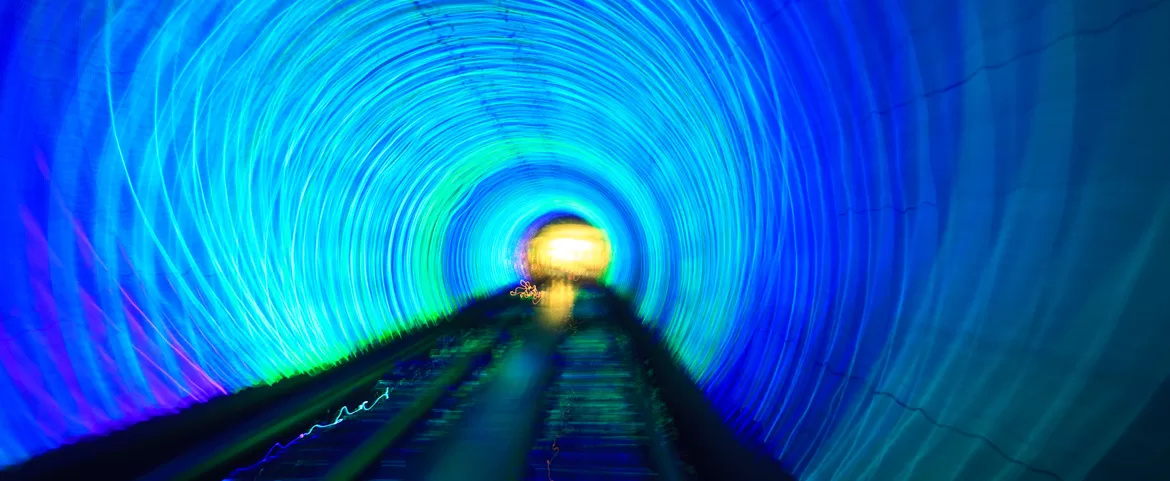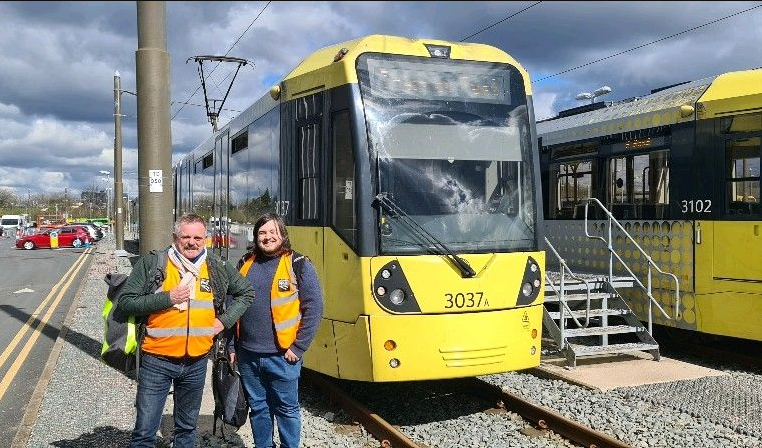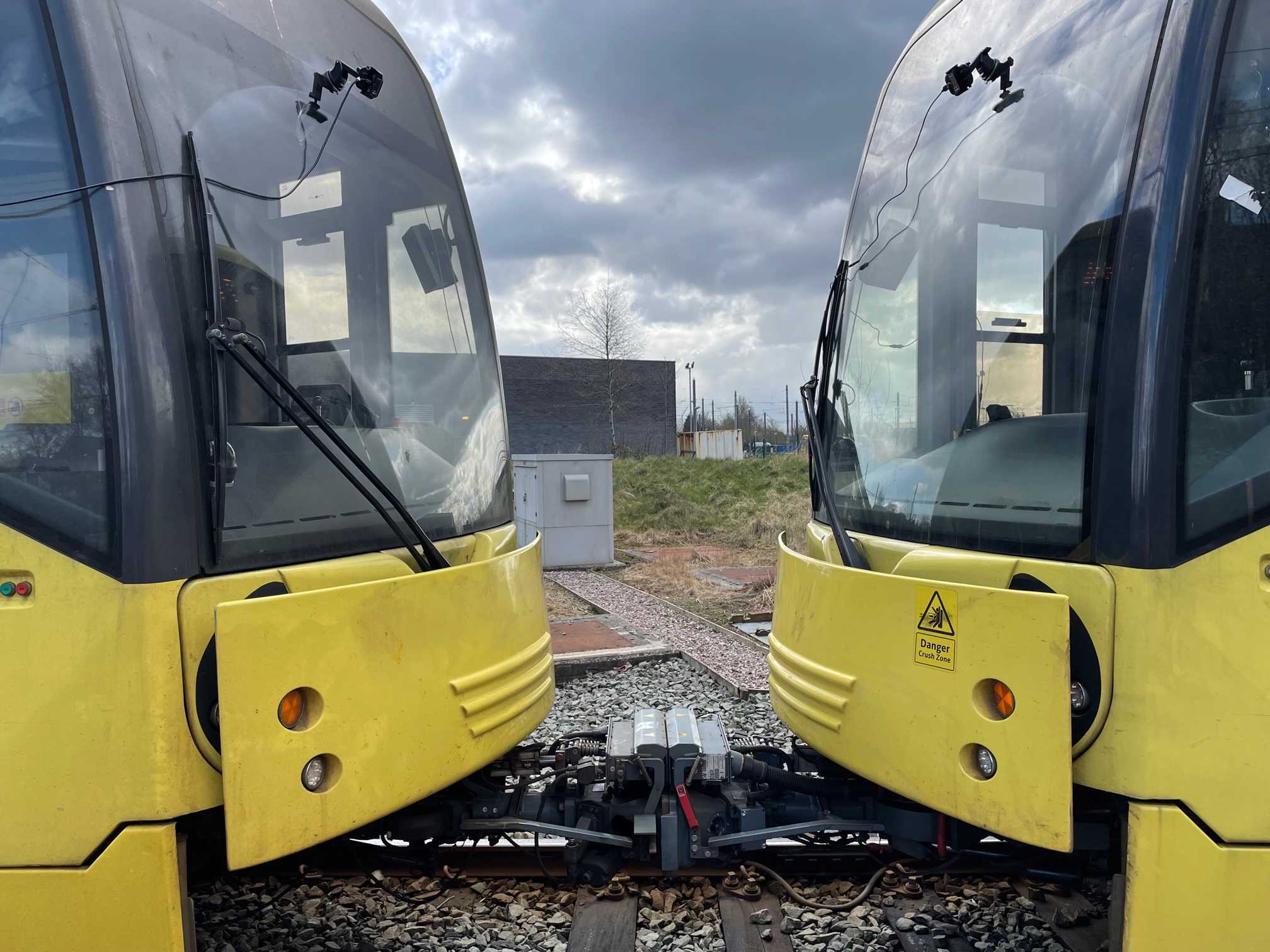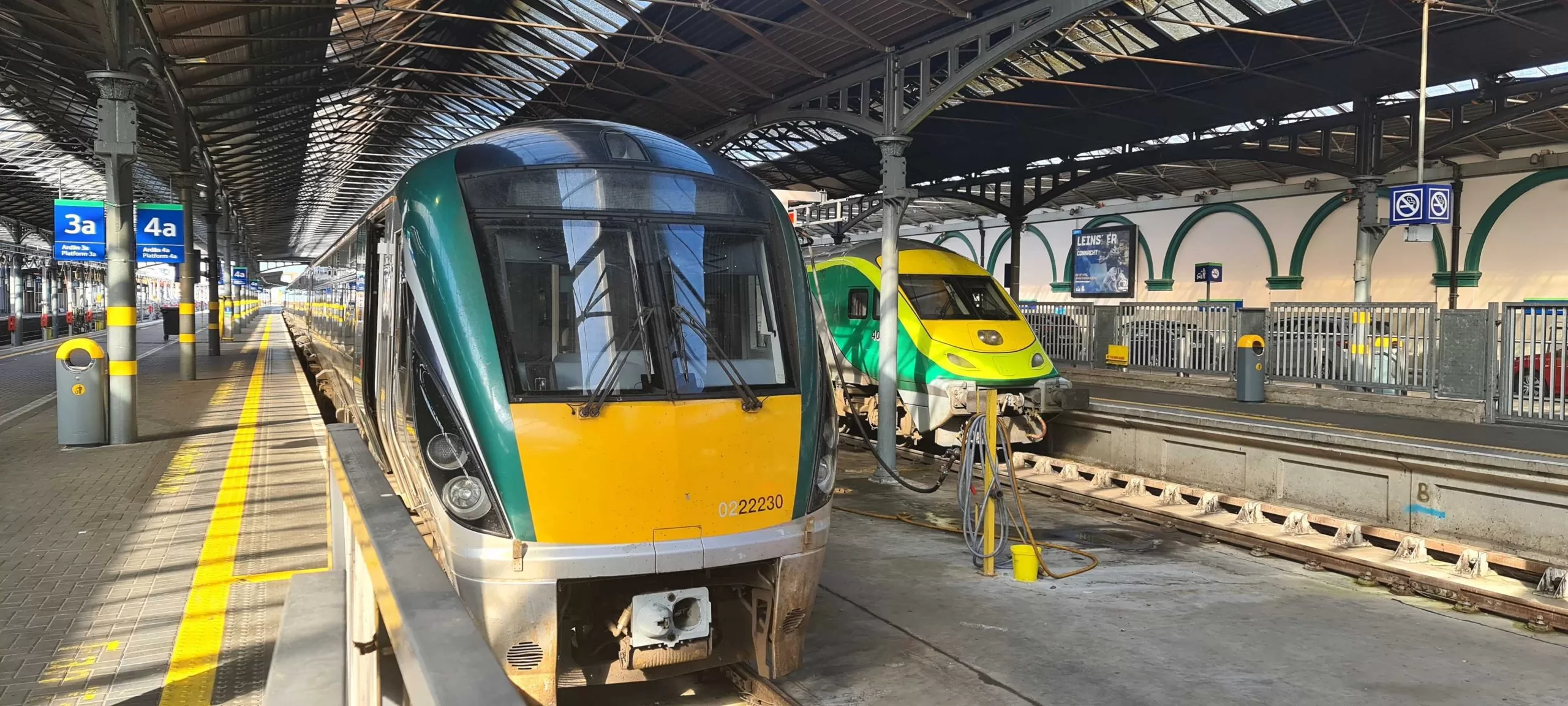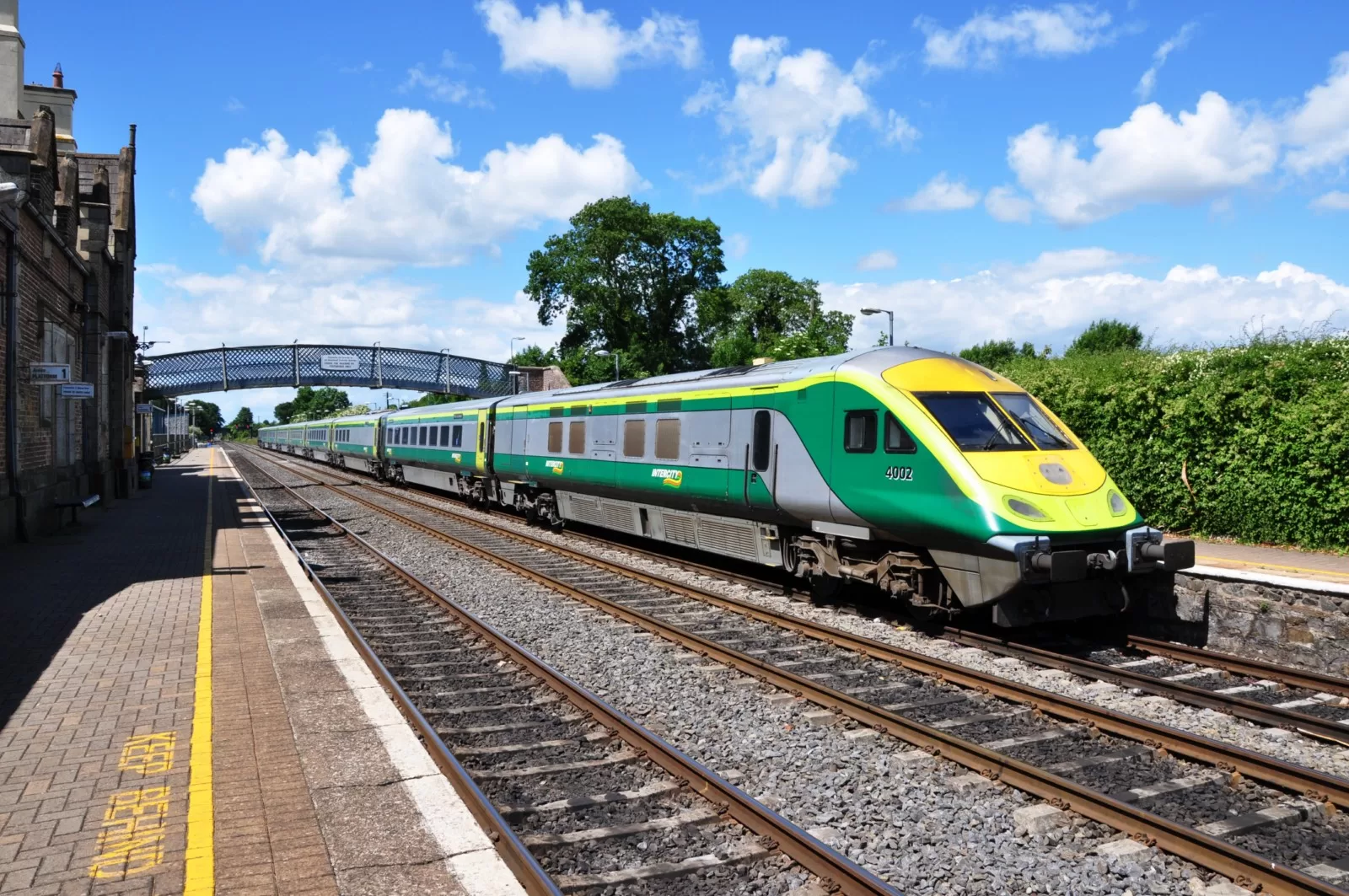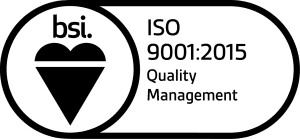Digital Transit Limited, in partnership with Ian Rowe Associates Ltd, are working on the future of safety on Manchester trams.
Recent incidents have brought the issue of coupled tram safety to public attention in Manchester and to the Rail Regulator. Examples of this include a viral video of a man tram surfing between two carriages on the Metrolink in Rochdale who, whilst not injured, was still putting himself and others at great risk. Another example is a man in Manchester who fell in the gap between two coupled trams at a tram stop.
DTL are performing a feasibility study to determine whether a system comprising a thermal camera and image processing software can reliably detect when a person is in a position of danger between the two trams, and whether they are ‘tram surfing’ on the coupling or have fallen into the gap created by the platform and the tapered front of the trams.
This study is part of a larger project by Ian Rowe Associates Ltd to determine the optimal method by which to detect people falling into the gap between two coupled trams and tram surfing. This will be tested with a variety of tools including smart cameras and LiDAR. The project will use both computer simulations as well as real-world testing to evaluate the different vision options. The ultimate goal is to have a system which lowers the risk of double trams to be equivalent to the risk level of single trams.
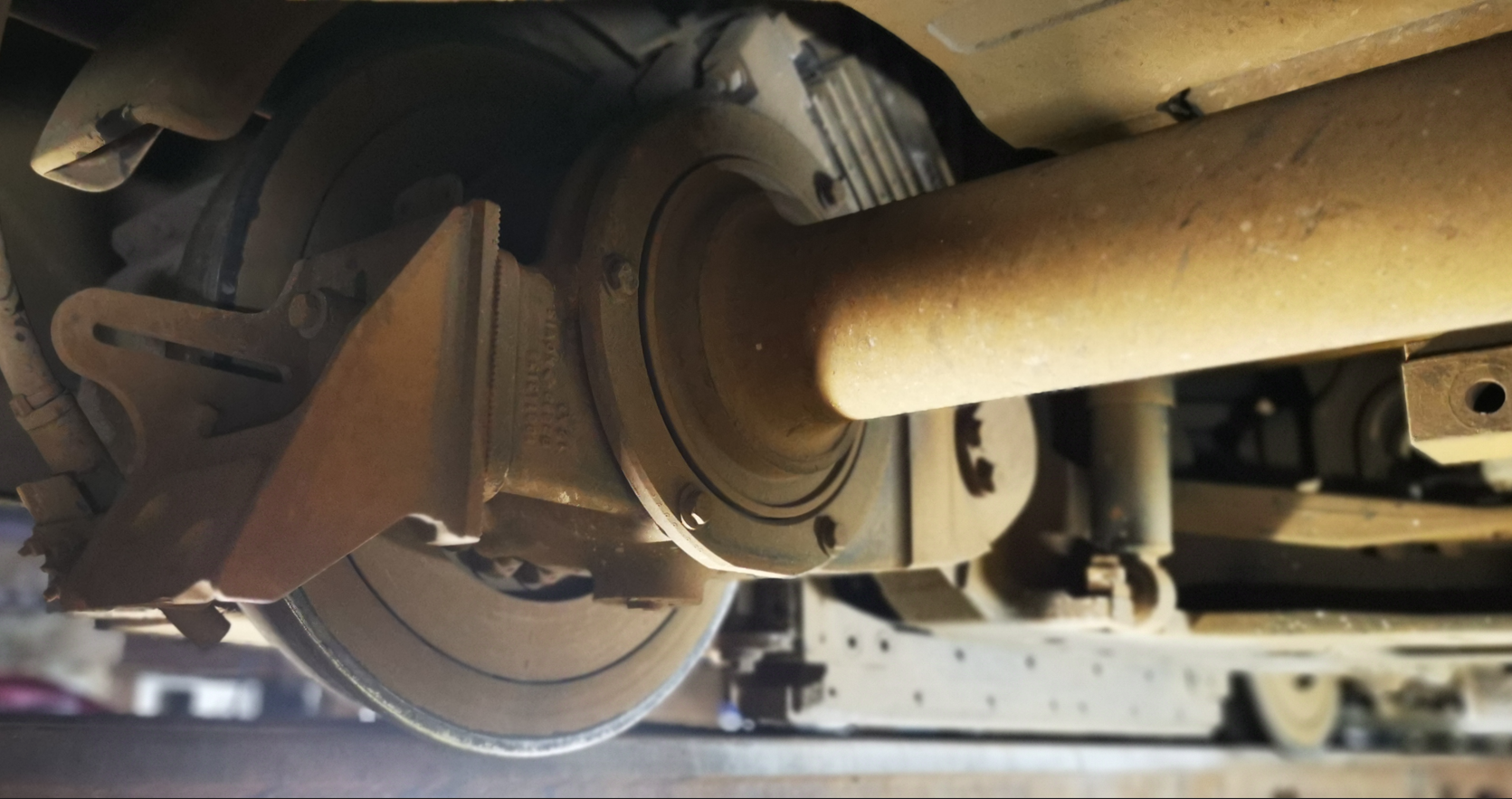
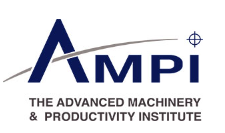
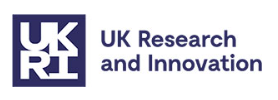


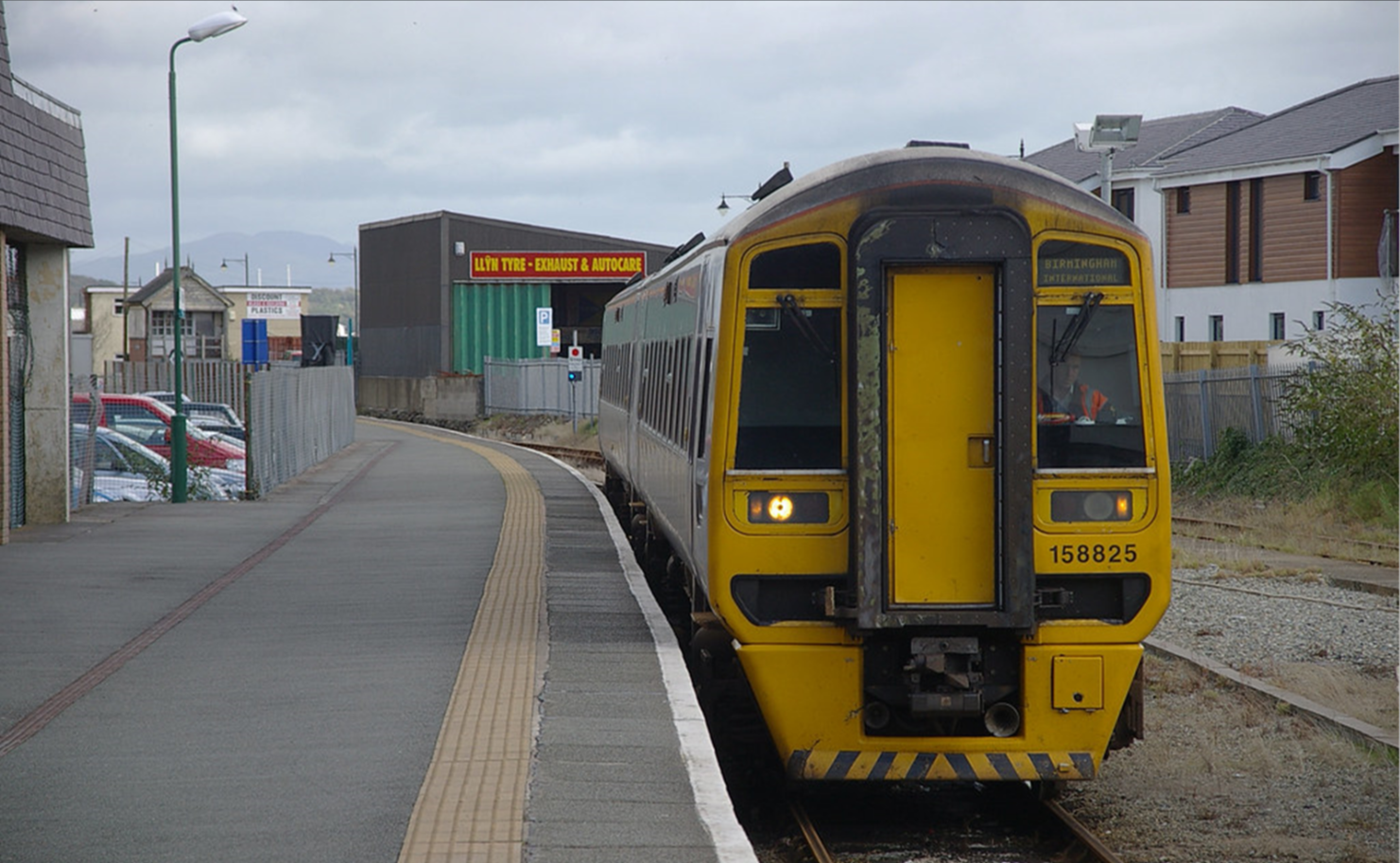


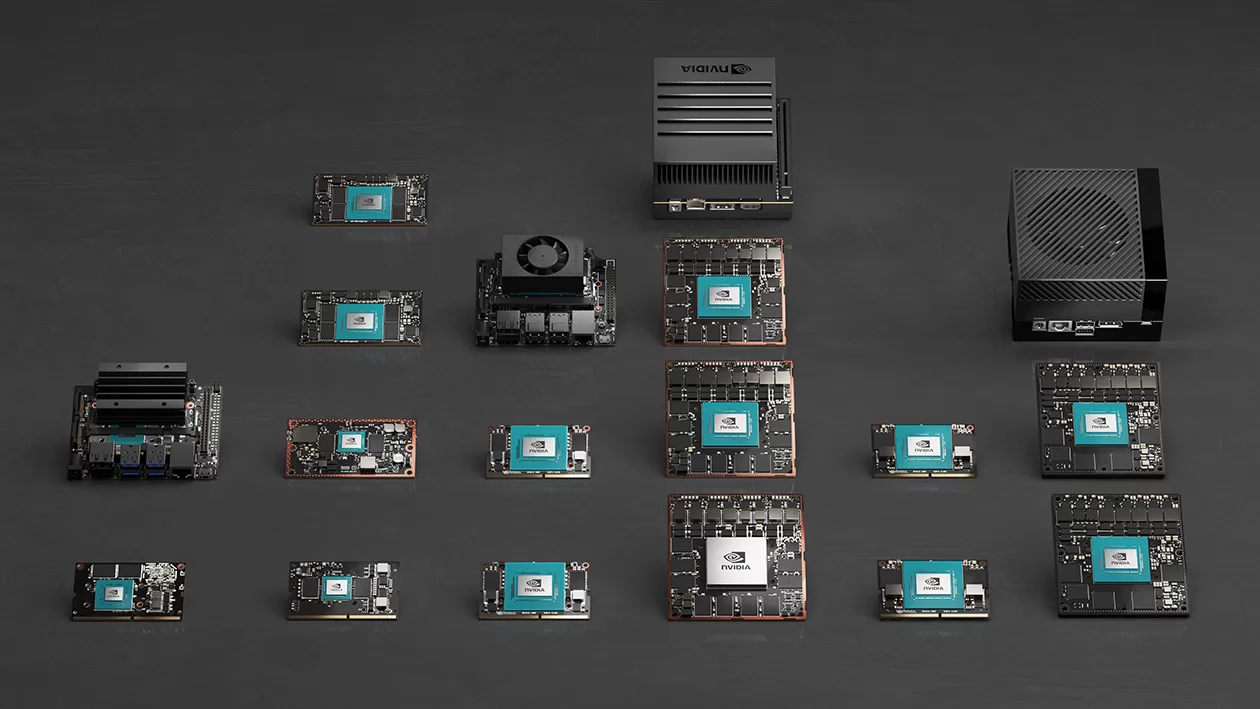
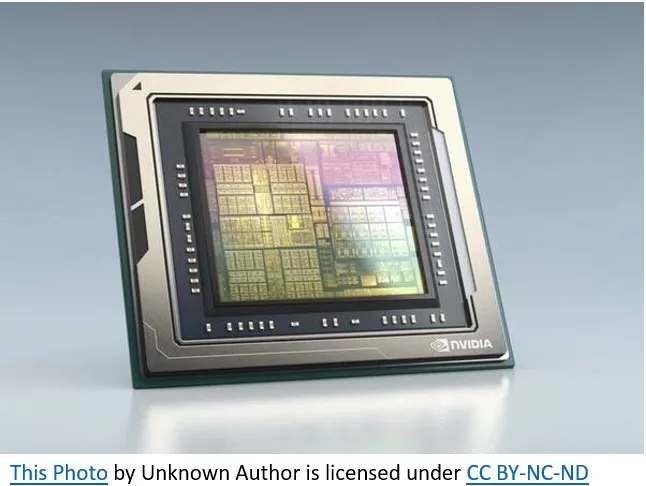
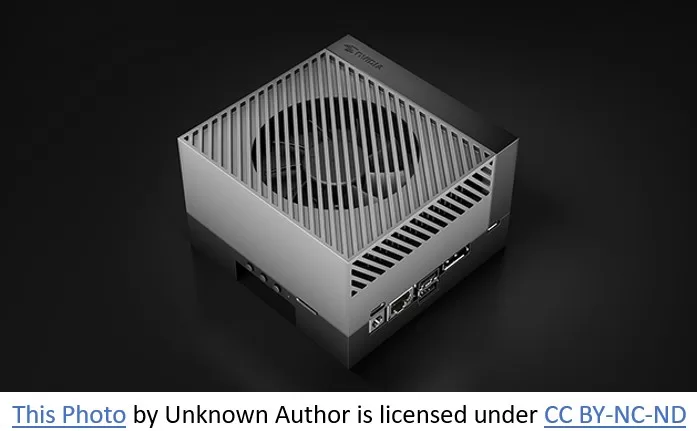
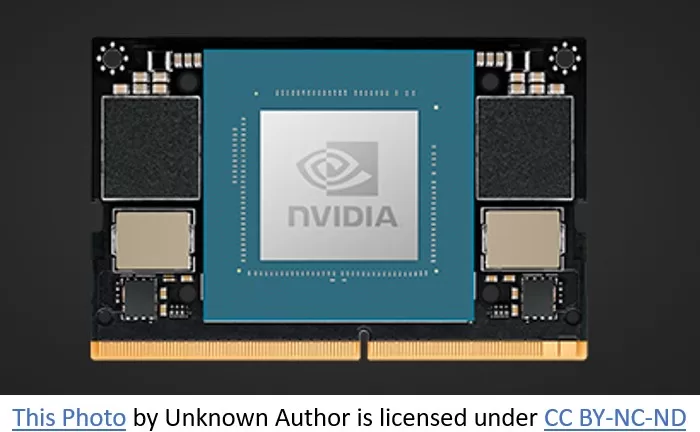
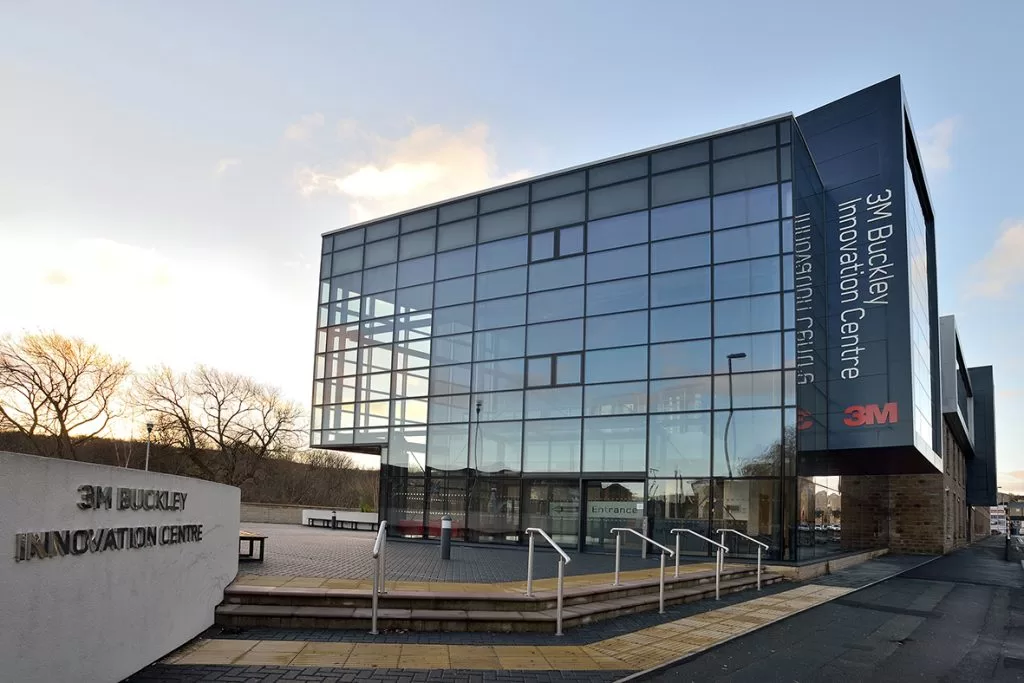
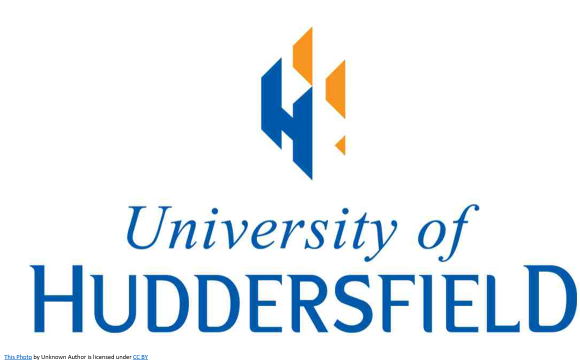





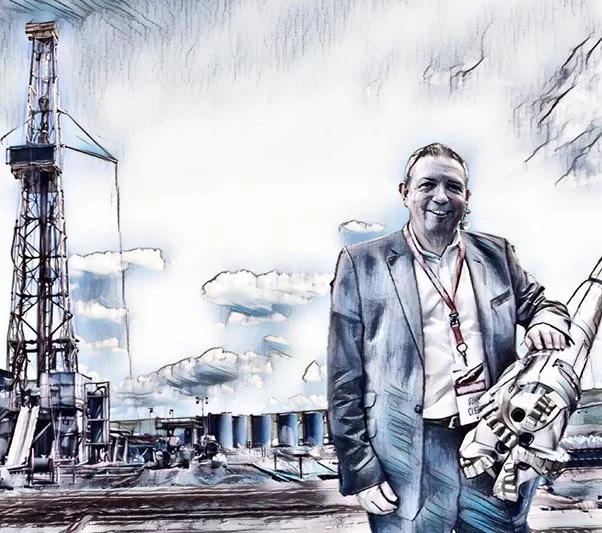

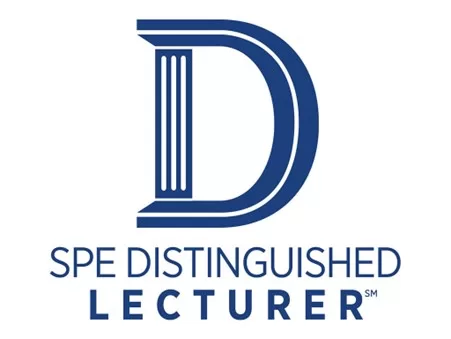

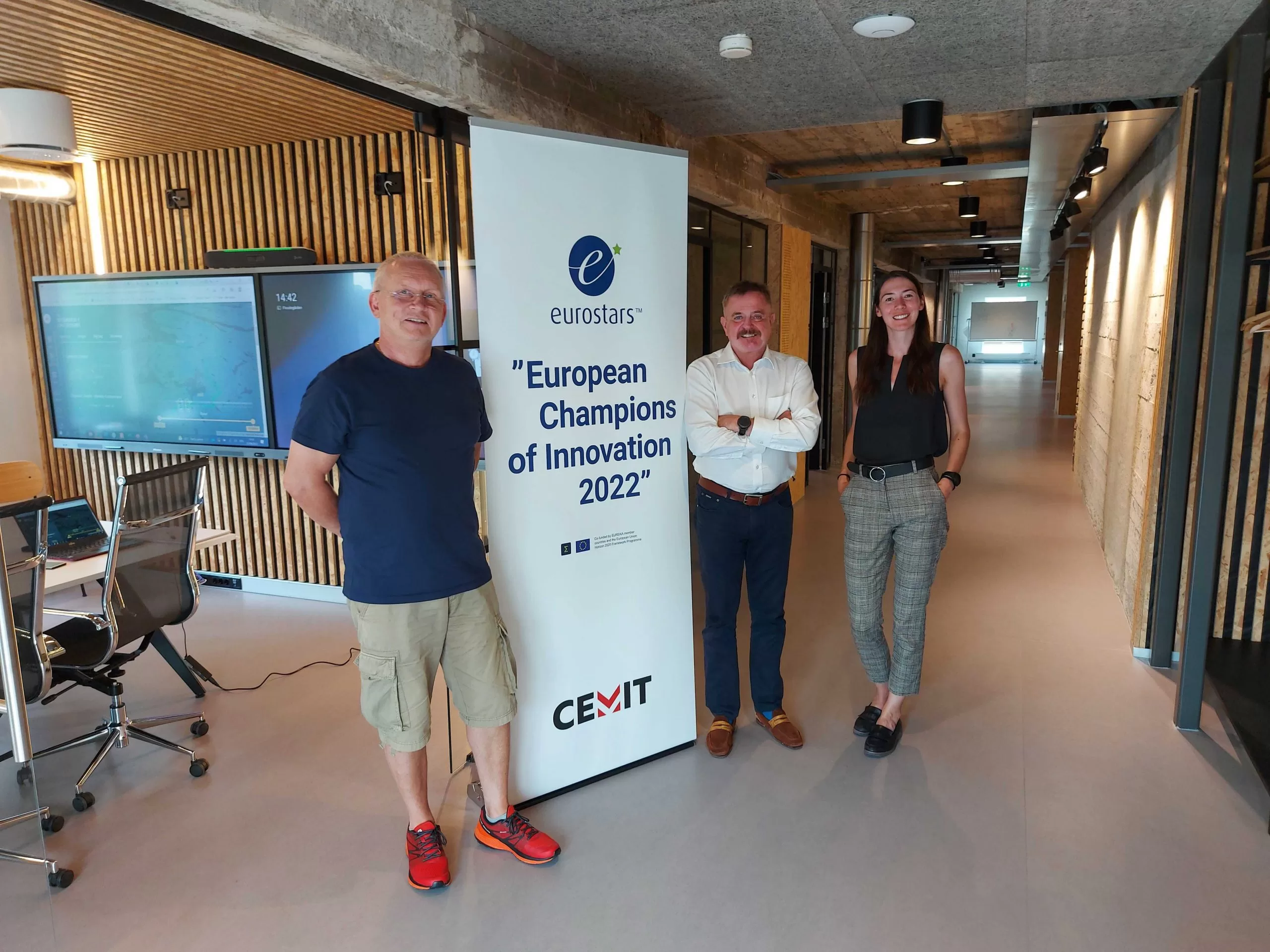
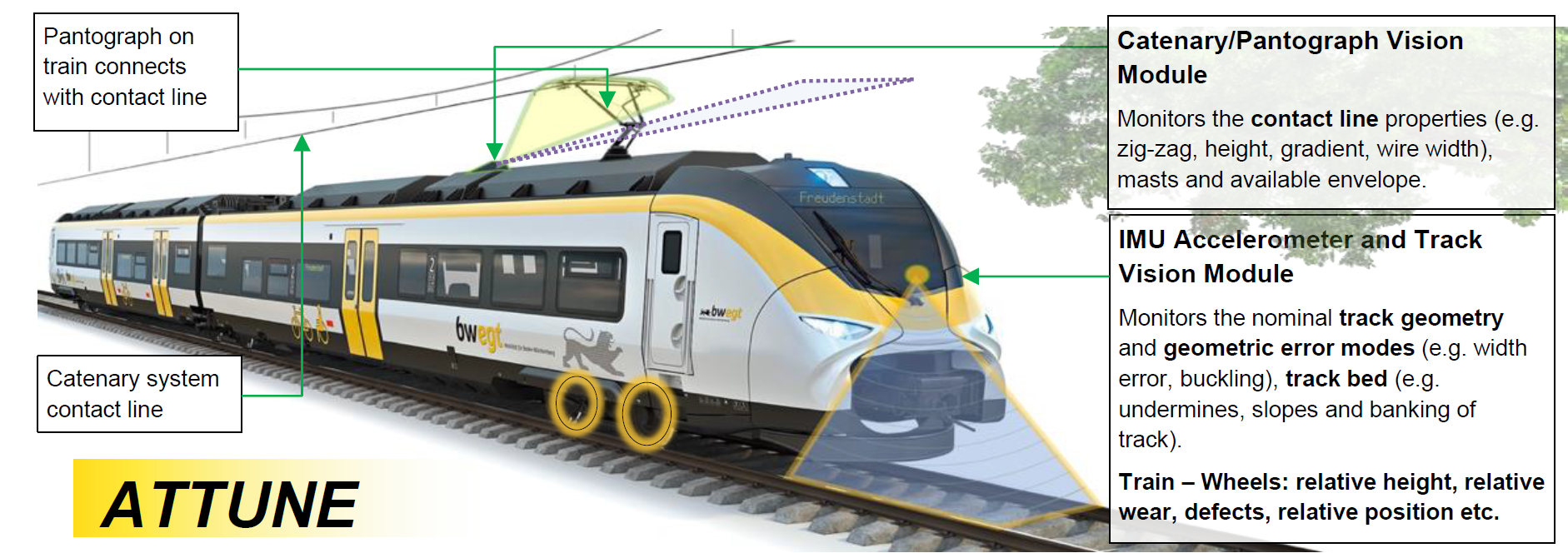

 Photo by
Photo by 
